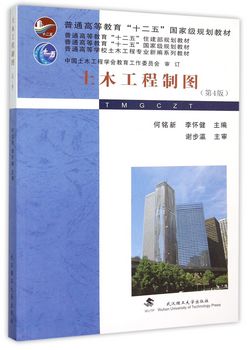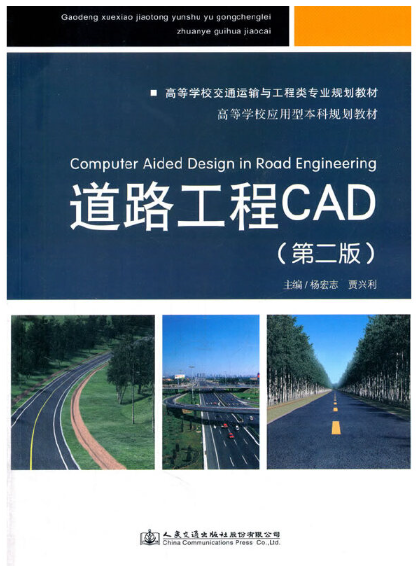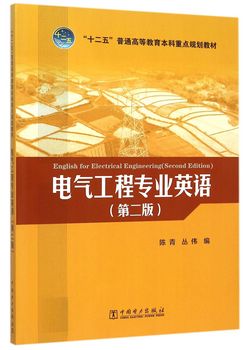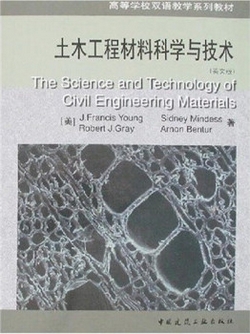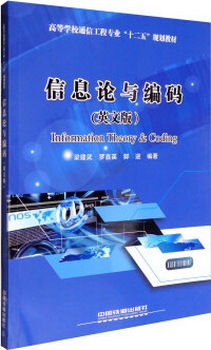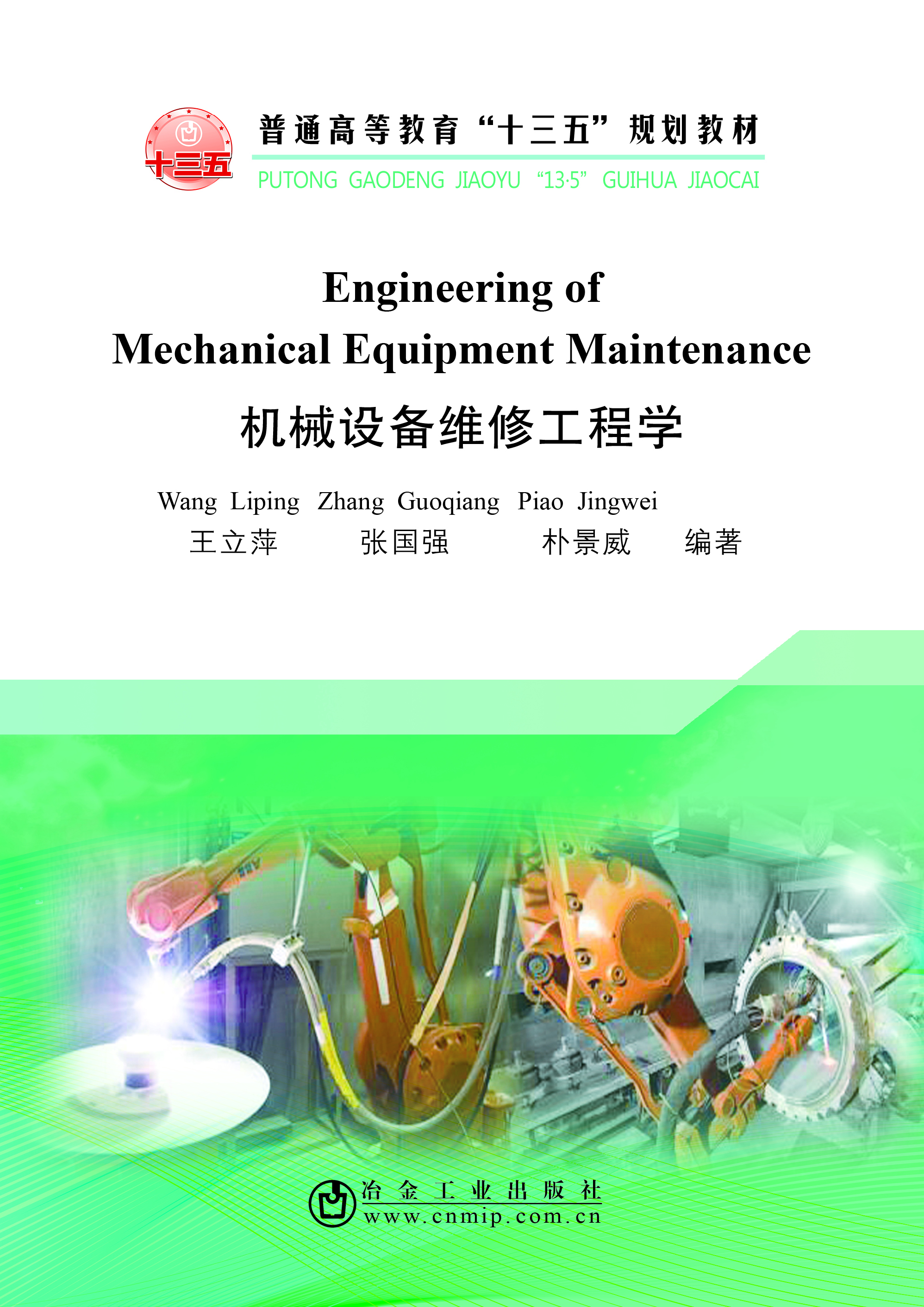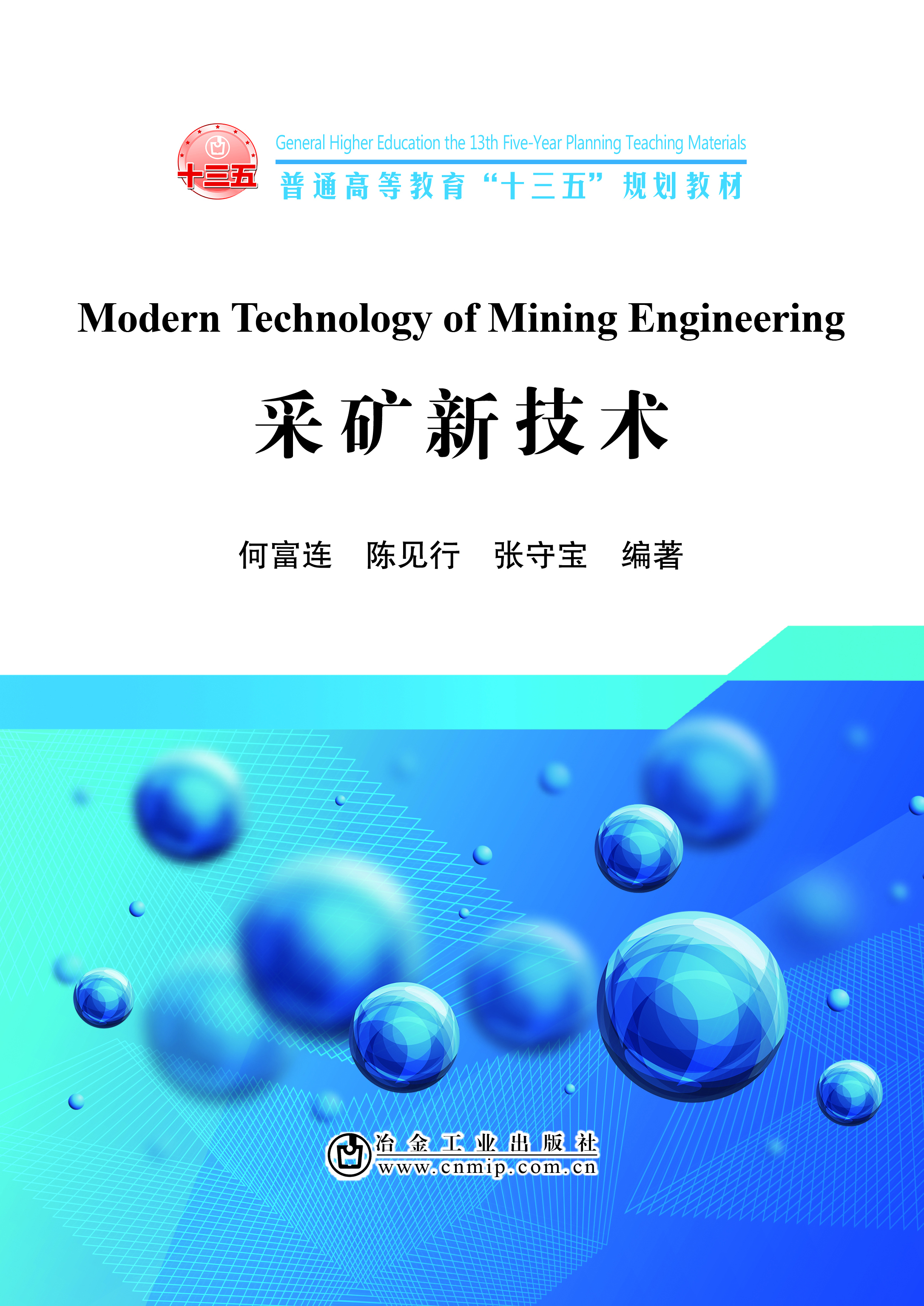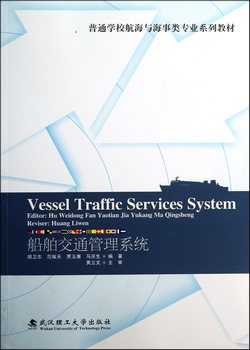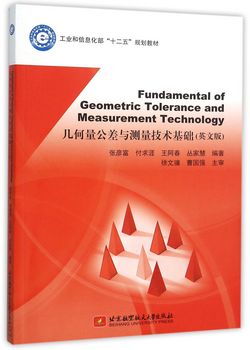高培新主编的《PEPEC民航飞行员综合英语(民用航空应用型人才培养特色教材)》对中国民用航空局(CAAC)组织的中国民航飞行人员英语等级考试(PEPEC)内容进行了梳理,同时整合了国内外航空英语教学的核心内容,主要涵盖两部分内容,共包括12章。
第一部分主要讲述飞行员专业英语理论知识,共6章,主要内容有中国航空简史、航空器分类、中国民航现状、飞行原理、空气动力学、飞机系统、机场、跑道、航空安全及现代飞机机型等基础知识。
第二部分主要讲述无线电英语陆空通话理论知识及航空案例解读,共6章,主要内容有数字、字母、无线电检查、通播、管制单位、基本飞行程序、航空特情分析、航空案例解读及模拟陆空通话等。
本书结构严谨、条理清晰、实用性强,既整合了PEPEC考试的相关考核内容,又融入了作者多年的教学经验与研究成果,反映了当前航空英语教学的前沿。本书可为航空类院校飞行技术专业及相关专业学员提供有效的学习参考,也可推动国内航空英语教学新一轮改革。
图书详情 | 《PEPEC民航飞行员综合英语》
图书分类 一 〉工学 一 〉航空宇航科学与技术
- 北京航空航天大学出版社
- 9787512419827
- 1-1
- 155593
- 0046175097-8
- 平装
- 16开
- 2016年1月
- -
- 348
- 136
- -
- 工学
- 航空宇航科学与技术
- 0825
- F560.9
- 航空航天、民航
- 本科
- 初版
- -
- -
- -
内容简介:
目录
Chapter One Access to Civil Aviation
1.1 Aviation History
1.1.1 Lighter-than-air Period
1.1.2 Heavier-than-air Period
1.2 Civil Aviation, General Aviation and Military Aviation
1.2.1 Civil Aviation
1.2.2 General Aviation
1.2.3 Military Aviation
1.3 Civil Aviation in China
1.3.1 Development of Civil Aviation in China
1.3.2 Concerning Statistics and Layout Plan
1.3.3 Ground Equipment and ATC
1.4 ICAO, CAAC and PEPEC
1.4.1 International Civil Aviation Organization
1.4.2 Responsibility and Origin of CAAC
1.4.3 CAAC and Flight Service
1.4.4 Pilot English Proficiency Examination of China
Chapter Two Aircraft and Aerodynamics
2.1 Brief Introduction to Aircraft
2.1.1 Classification of Aircraft
2.1.2 Uses for Aircraft
2.2 Main Components of Airplane
2.2.1 Fuselage
2.2.2 Wings
2.2.3 Empennage
2.2.4 Landing Gear
2.2.5 Powerplant
2.3 Aerodynamic Forces
2.3.1 Four Aerodynamic Forces
2.3.2 Terms Affecting the Generation of Lift
2.3.3 The Creation of Lift
2.4 Wake Turbulence
2.4.1 Wake Turbulence
2.4.2 Wingtip Vortices and Effect to Flight
2.4.3 Wake Turbulence Avoidance
2.5 Ground Effect
2.5.1 Generation and Characteristics
2.5.2 Principle of Ground Effect
2.5.3 Effect to Takeoff
2.5.4 Effect to Landing
2.5.5 Ground Effect Vehicles
Chapter Three Aircraft Systems
3.1 Flight Controls
3.1.1 Axes of Motion
3.1.2 Main Control Surfaces
3.1.3 Secondary Control Surfaces
3.2 Electrical System
3.2.1 Application of Electrical System
3.2.2 Electrical System Components and Gauges
3.2.3 Electrical System Gauges
3.3 Hydraulic System
3.3.1 General Remarks
3.3.2 Advantages and Application
3.3.3 Operation of Airplane Hydraulic System
3.3.4 Hydraulic Fluid
3.3.5 Hydraulic Systems on Boeing 737 and Boeing 747
3.4 Oxygen System
3.4.1 General Review
3.4.2 Necessity of Oxygen Regulator
3.4.3 Oxygen Masks for Pilots
3.4.4 Passenger Masks and Emergency Oxygen System
3.4.5 Precaution and Inspection for Oxygen System Security
3.5 Fuel System
3.5.1 Basics about Fuel System
3.5.2 Two General Types of Fuel System
3.5.3 Fuel Primer, Fuel Tanks and Carburetor
3.5.4 Fuel Ganges
3.6 Oil System
3.6.1 Functions of Oil System
3.6.2 Oil System Gauges
3.6.3 Types of Oil System
3.6.4 Types of Aircraft Oil
3.7 Powerplant System
3.7.1 Main Components of Piston Engine
3.7.2 Basic Working Principles of Piston Engine
3.7.3 Four Strokes of Piston Engine
3.7.4 Jet Engine
3.7.5 Main Types of Jet Engine
3.7.6 Working Theory of Jet Engine
3.8 Air Navigation
3.8.1 Introduction to Air Navigation
3.8.2 Pilotage
3.8.3 Dead Reckoning
3.8.4 Radio Navigation
3.8.5 Flight Navigator
3.9 Analogue Flight Instruments
3.9.1 Analogue Flight Instruments
3.9.2 T-arrangement on Instrument Panel
3.10 Electronic Flight Instrument System
3.10.1 Basic Information about Electronic Flight Instrument System
3.10.2 Primary Flight Display (PFD)
3.10.3 Multi-functiun Display (MFD)
3.10.4 EICAS and ECAM
3.10.5 Advantages of EFIS
Chapter Four Terminal Issues
4.1 Airport
4.1.1 Infrastructure and Naming
4.1.2 Airport Concerning Issues
4.1.3 Airport Facilities
4.1.4 Airport Safety Management
4.2 Runway
4.2.1 Runway Naming and Designation
4.2.2 Dimensions and Declared Distances
4.2.3 Sections and Markings of Runway
4.2.4 Types of Runway
4.2.5 Active Runway and Airport Lighting
4.3 Takeoff
4.3.1 Three Phases of Takeoff
4.3.2 Consideration Prior to Takeoff
4.3.3 Power Settings for Takeoff
4.3.4 Required Takeoff Speed
4.4 Landi
1.1 Aviation History
1.1.1 Lighter-than-air Period
1.1.2 Heavier-than-air Period
1.2 Civil Aviation, General Aviation and Military Aviation
1.2.1 Civil Aviation
1.2.2 General Aviation
1.2.3 Military Aviation
1.3 Civil Aviation in China
1.3.1 Development of Civil Aviation in China
1.3.2 Concerning Statistics and Layout Plan
1.3.3 Ground Equipment and ATC
1.4 ICAO, CAAC and PEPEC
1.4.1 International Civil Aviation Organization
1.4.2 Responsibility and Origin of CAAC
1.4.3 CAAC and Flight Service
1.4.4 Pilot English Proficiency Examination of China
Chapter Two Aircraft and Aerodynamics
2.1 Brief Introduction to Aircraft
2.1.1 Classification of Aircraft
2.1.2 Uses for Aircraft
2.2 Main Components of Airplane
2.2.1 Fuselage
2.2.2 Wings
2.2.3 Empennage
2.2.4 Landing Gear
2.2.5 Powerplant
2.3 Aerodynamic Forces
2.3.1 Four Aerodynamic Forces
2.3.2 Terms Affecting the Generation of Lift
2.3.3 The Creation of Lift
2.4 Wake Turbulence
2.4.1 Wake Turbulence
2.4.2 Wingtip Vortices and Effect to Flight
2.4.3 Wake Turbulence Avoidance
2.5 Ground Effect
2.5.1 Generation and Characteristics
2.5.2 Principle of Ground Effect
2.5.3 Effect to Takeoff
2.5.4 Effect to Landing
2.5.5 Ground Effect Vehicles
Chapter Three Aircraft Systems
3.1 Flight Controls
3.1.1 Axes of Motion
3.1.2 Main Control Surfaces
3.1.3 Secondary Control Surfaces
3.2 Electrical System
3.2.1 Application of Electrical System
3.2.2 Electrical System Components and Gauges
3.2.3 Electrical System Gauges
3.3 Hydraulic System
3.3.1 General Remarks
3.3.2 Advantages and Application
3.3.3 Operation of Airplane Hydraulic System
3.3.4 Hydraulic Fluid
3.3.5 Hydraulic Systems on Boeing 737 and Boeing 747
3.4 Oxygen System
3.4.1 General Review
3.4.2 Necessity of Oxygen Regulator
3.4.3 Oxygen Masks for Pilots
3.4.4 Passenger Masks and Emergency Oxygen System
3.4.5 Precaution and Inspection for Oxygen System Security
3.5 Fuel System
3.5.1 Basics about Fuel System
3.5.2 Two General Types of Fuel System
3.5.3 Fuel Primer, Fuel Tanks and Carburetor
3.5.4 Fuel Ganges
3.6 Oil System
3.6.1 Functions of Oil System
3.6.2 Oil System Gauges
3.6.3 Types of Oil System
3.6.4 Types of Aircraft Oil
3.7 Powerplant System
3.7.1 Main Components of Piston Engine
3.7.2 Basic Working Principles of Piston Engine
3.7.3 Four Strokes of Piston Engine
3.7.4 Jet Engine
3.7.5 Main Types of Jet Engine
3.7.6 Working Theory of Jet Engine
3.8 Air Navigation
3.8.1 Introduction to Air Navigation
3.8.2 Pilotage
3.8.3 Dead Reckoning
3.8.4 Radio Navigation
3.8.5 Flight Navigator
3.9 Analogue Flight Instruments
3.9.1 Analogue Flight Instruments
3.9.2 T-arrangement on Instrument Panel
3.10 Electronic Flight Instrument System
3.10.1 Basic Information about Electronic Flight Instrument System
3.10.2 Primary Flight Display (PFD)
3.10.3 Multi-functiun Display (MFD)
3.10.4 EICAS and ECAM
3.10.5 Advantages of EFIS
Chapter Four Terminal Issues
4.1 Airport
4.1.1 Infrastructure and Naming
4.1.2 Airport Concerning Issues
4.1.3 Airport Facilities
4.1.4 Airport Safety Management
4.2 Runway
4.2.1 Runway Naming and Designation
4.2.2 Dimensions and Declared Distances
4.2.3 Sections and Markings of Runway
4.2.4 Types of Runway
4.2.5 Active Runway and Airport Lighting
4.3 Takeoff
4.3.1 Three Phases of Takeoff
4.3.2 Consideration Prior to Takeoff
4.3.3 Power Settings for Takeoff
4.3.4 Required Takeoff Speed
4.4 Landi



